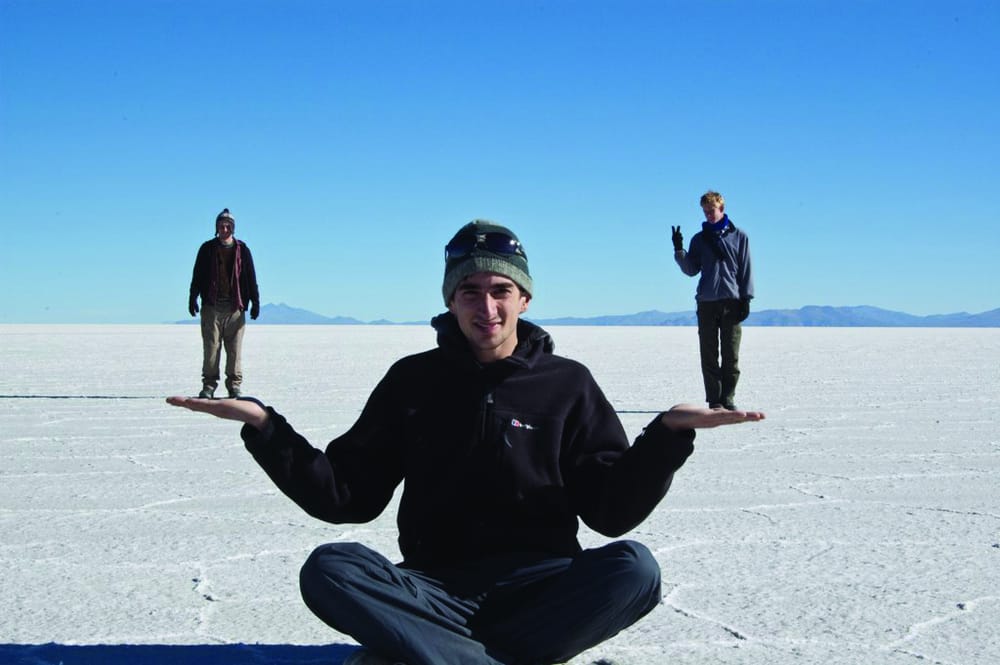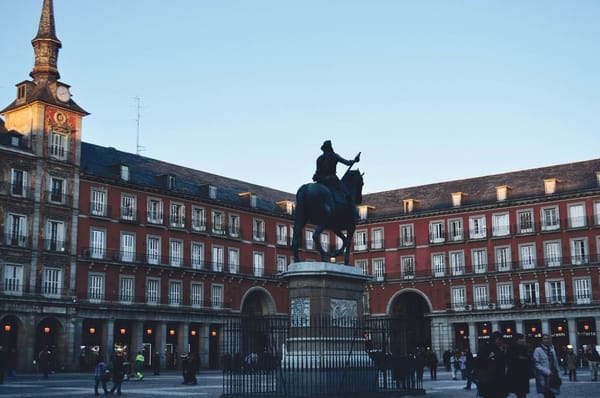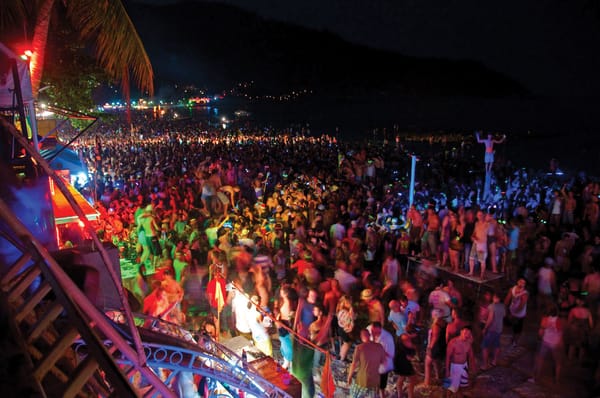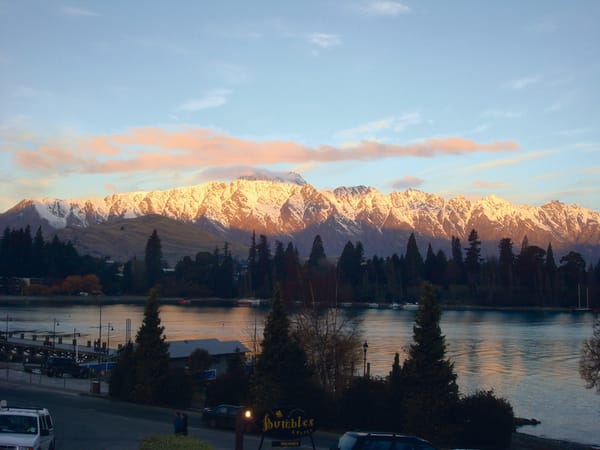Breathtaking beauties of Bolivia
I know you’d rather hear about cocaine, but instead Christopher Walmsley discovers some of the other countless wonders this fascinating country has to offer

Perhaps best known for its exports, the landlocked South American country that takes its name in honour of revolutionary Simón Bolívar is lesser known for its tourism. Indeed Bolivia does remain a rather unknown quantity to many outside of the narcotics trade. There is a story that Queen Victoria once avenged her embarrassed diplomat to the country, after realising that it was far too inaccessible to attack, by simply declaring "Bolivia no longer exists". Despite this snub and with a little notoriety gained from the book Marching Powder this country has become a well trodden destination on the continent’s Gringo trail.
Flying in to El Alto Airport, the highest commercial airport in the world, is a rather unique experience. Descent begins, and suddenly appearing through the cloud below you is the mountaintop runway that you feel comes out of thin air. And so a short drive down from the plateau is La Paz. It is a city in a bowl, surrounded by mountains, the most impressive of which being the snow capped Mount Illimani.
As acclimatisation didn’t seem to have hit too hard (probably soothed by the recommended local tea) we decided to press on south to the now desolate town of Uyuni. This town was once the hub of rail transportation for the region as the mining industry channelled their goods towards the Pacific. Its collapse left Uyuni as a rather drab backwater, with one convenient benefit that now attracts 60,000 visitors every year: It is a particularly good base to start on an expedition to see the great salt flats and lagoons that Bolivia should be famous for.
There are some generic routes that these tours tend to take, and we chose one that would take three days, but in reverse so that we would witness sunrise over the vast white expanse of the salt flats on the final day. Before venturing into the wilderness the first stop was a short drive to the town’s outskirts to see the train ‘graveyard’, the final resting place of the mining boom’s locomotives. It’s rather strange to look at these dilapidated vehicles: now they are nothing more than scrap, but in their day were the sign of modern technology penetrating the region.
For the next three days we traversed some of Bolivia’s most breathtaking scenery, of arid rocky formations, doused with sand and sprinkled with sparse green shrubbery. The intense sun and deep blue sky may have given the illusion of warmth, but several layers were duly required to fend off the chilling temperatures. We ventured further south towards the Chilean border and soon arrived at the Laguna Colorada. With its waters surreally coloured red it was perfectly coordinated with its serene inhabitants, Andean Flamingos.
The next day saw us continue through more Martian scenery that to me seemed far more akin to the red planet than any Hollywood depiction I’d seen. This was interspersed with seeing some putrid geysers and a bath in a natural hot spring. Then there was the Laguna Verde, with its pigment derived from copper minerals. Sadly I was beginning to take all of these fantastic natural wonders with a sense of normality. Driving on we saw more wildlife in the form of one of the llama’s cousins, a group of vicuña leisurely ascending the rocky bank parallel to the Landcruiser.
Waking early on the final day was magical. Leaving the cold lodgings (completely constructed from salt) we ventured on from the edge towards the middle of the Salar de Uyuni, and the sun began to rise over the high altiplano casting stark, stretching shadows across the crystallised white surface. This is the remains of a prehistoric lake, a salt desert, completely white with only distant mountains. It strips you of any sense of distance or perspective, which incidentally can be used to create some rather novel photographs. After another long journey back from Uyuni to La Paz and a squashed trip onwards to Copacabana in a local minibus, the coast of the world’s largest navigable lake was reached: Lake Titicaca. This lake was the spiritual home of the once great Inca Empire, who believed that the island of the sun was the birthplace of their most sacred god.
Although the island is easily visible from the mainland, it took a dreadfully long time to reach because the boats were frustratingly slow. The island itself is a rather harsh rocky outcrop littered with Inca ruins, sacrificial tables and all. It’s easy to independently trek along the rugged spine of the island, or take a detour to follow the coast before reaching the departure port village to watch another fantastic sunset. From here I returned to the mainland and skirted across the border into Peru.
Correction: An earlier version of this article incorrectly spelt Mount Illimani









